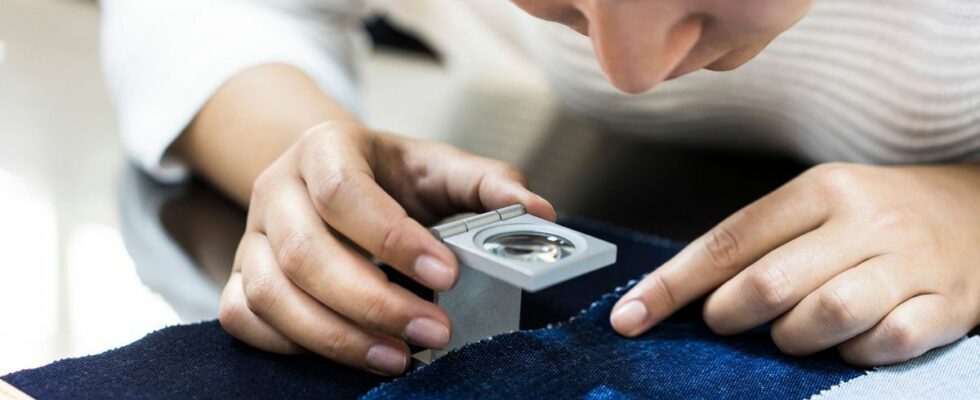Published on
updated on
Reading 2 min.
Temperature records keep coming, giving us a glimpse of what the climate will look like in a few decades. The increasing frequency and intensity of heat events will have an impact on our wardrobe, with some materials being more suited to high temperatures than others. A research team is working to create a new fabric with cooling power.
Engineers affiliated with the universities of Zhengzhou (China) and South Australia have developed a textile that acts as a heat shield. Its complex structure reflects sunlight while dissipating heat, through a process called “radiative cooling.”
This technology consists of using materials capable of emitting heat into the atmosphere and, beyond, into space. “Unlike conventional fabrics that retain heat, this type of textile is made up of three layers designed to optimize the cooling process“, explains Yangzhe Hou, a researcher at the University of South Australia, in a press release.
The fabric that Yangzhe Hou and his colleagues designed is made up of three specific layers: a polymethylpentene fiber on the surface to maximize heat dissipation, an intermediate layer of silver nanowires to reflect solar rays, and finally a third layer made of wool to more easily evacuate heat from the body.
In a study published in the journal Science Bulletin, the researchers explain that this textile is much more refreshing than traditional fabrics. It would lower body temperature by 2.3°C in the event of extreme heat. When used as an exterior covering, it would reduce the temperature of the fabric by 6.2°C. “This fabric’s ability to passively reduce temperatures provides a sustainable alternative to traditional air conditioning, saving energy and minimizing strain on power grids during heatwaves,” says Yangzhe Hou in the same press release.
This textile could serve as a basis for clothing, but also as a covering for the buildings of tomorrow. However, its manufacturing process is very expensive, which may have an impact on its selling price. “Consumers are willing to pay more for a fabric based on its cooling effect, durability, comfort and their own environmental awareness“, estimate the researchers in their study.
This isn’t the first time engineers have developed cooling materials using radiative cooling. In August, researchers at the University of Massachusetts Amherst announced they had created one using chalk.
